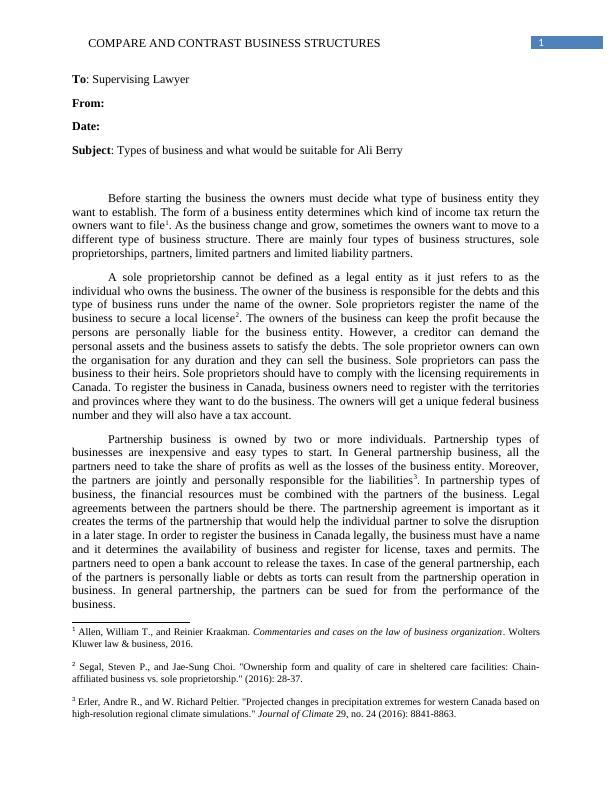Ask a question from expert
Compare and contrast business structures
5 Pages1908 Words96 Views
Added on 2021-04-21
Compare and contrast business structures
Added on 2021-04-21
BookmarkShareRelated Documents
End of preview
Want to access all the pages? Upload your documents or become a member.
Online Library for Study Material with Solved Assignments - Desklib
|12
|2383
|286
DISTINCTTYPES OF BUSINESS ORGANIZATIONS UNDER THE EYES OF BUSINESS LAW
|9
|2840
|297
Advantages and disadvantages of Business Entities
|5
|705
|28
Understanding Business Organizations
|8
|1973
|183
Business Types and Functions: Understanding Business Organisation
|7
|2150
|315
Understanding Business Organisations: Advantages, Disadvantages, and Impact on Workforce
|8
|2287
|247

